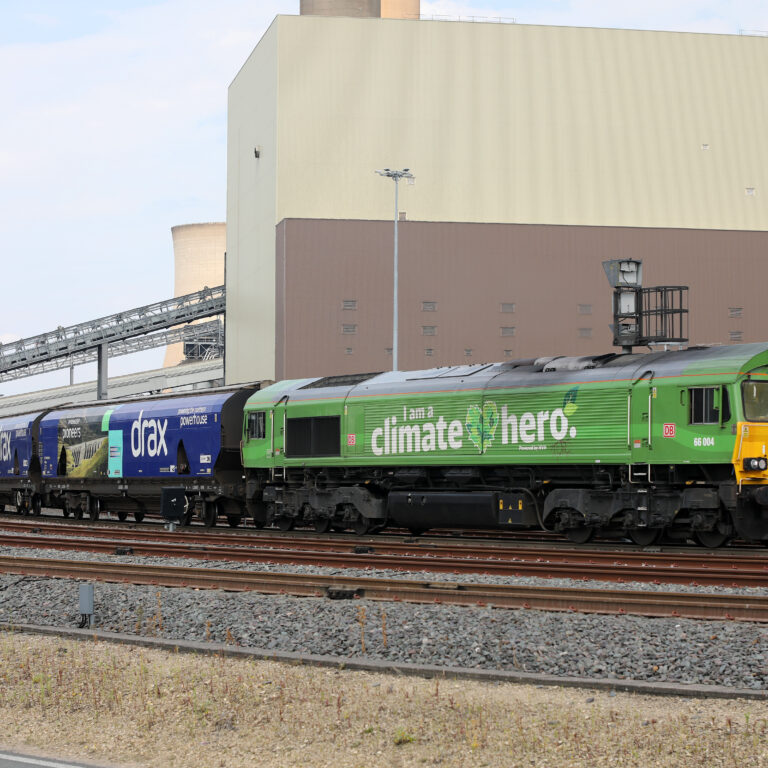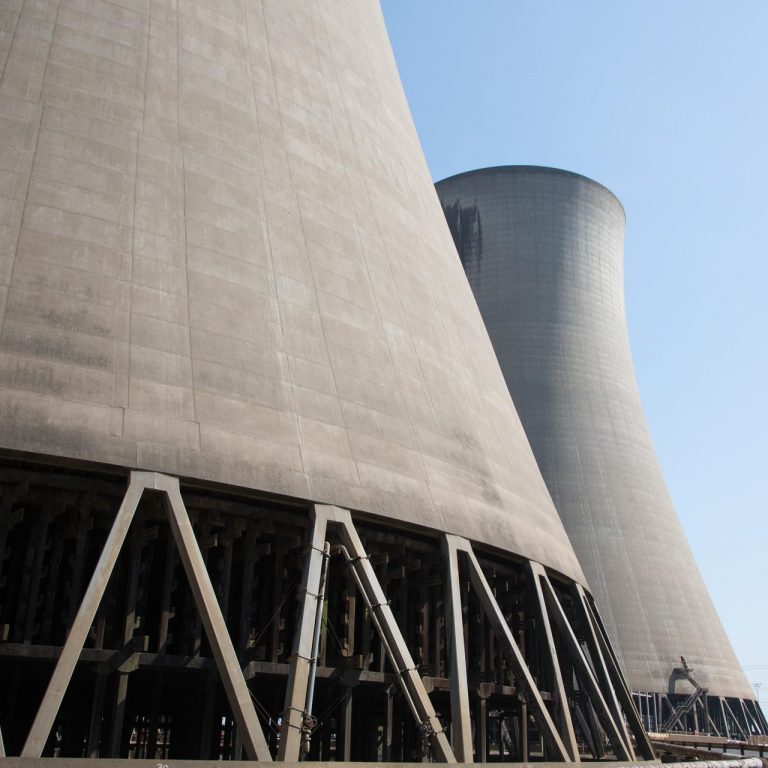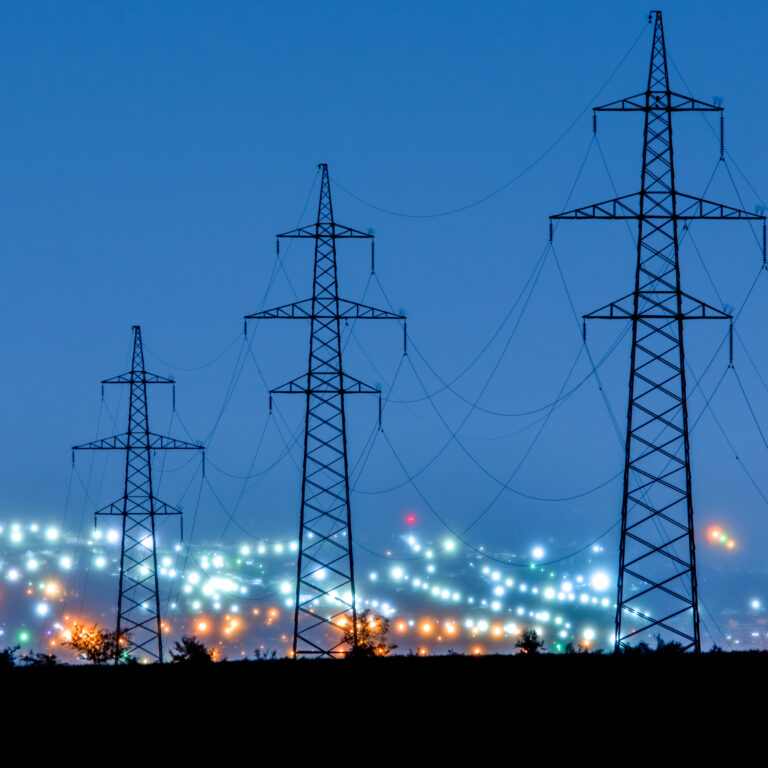- 2020 was a record year for renewables with biomass, hydro, solar and wind power generating more power than fossil fuels for the first time
- Carbon emissions from electricity generation fell by 16% as gas and coal power stations were turned off or down due to reduced demand during Covid lockdowns
- Experts warn UK must embrace new but proven technologies like bioenergy with carbon capture and storage (BECCS) to meet climate targets in years ahead.
Independent analysis conducted by academics from Imperial College London for Drax Electric Insights, via Imperial Consultants, shows the UK will require a range of new green technologies, which complement renewables like wind and solar, as part of its efforts to meet its national climate goals.
Whilst power from renewables overtook fossil fuels for the first time in 2020 – and carbon emissions fell by 16% year-on-year, this was in a large part due to reduced demand caused by Covid lockdowns, when gas and coal power stations were turned down.
Wind and solar generated 30% of Britain’s electricity in 2020 – around half the share required by 2025 for the UK to reach its climate targets according to the Climate Change Committee (CCC).
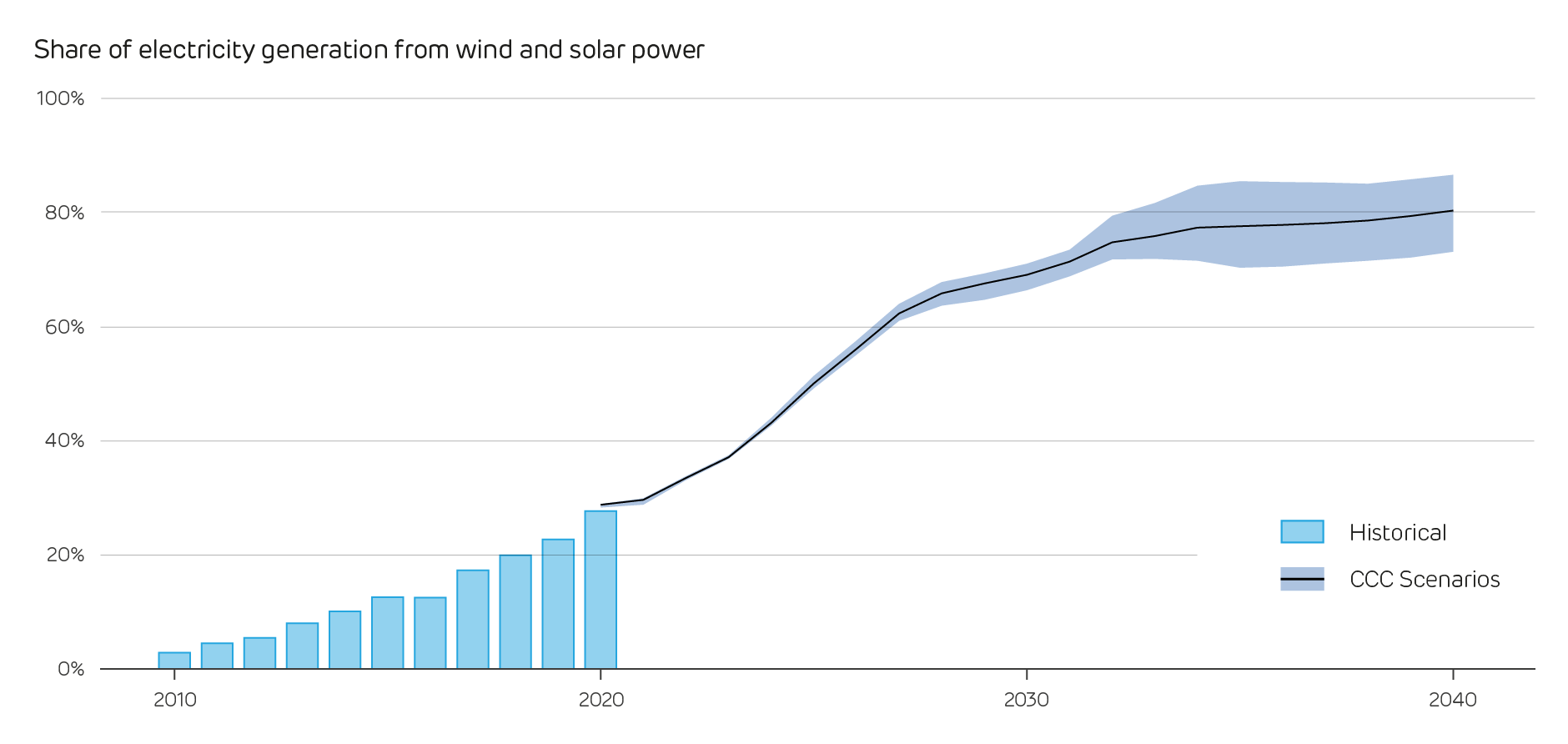
The Electric Insights report shows that achieving the CCC’s targets will also require a range of other technologies, such as bioenergy with carbon capture and storage (BECCS), hydrogen and nuclear.
Dr Iain Staffell of Imperial College London, and lead author of the quarterly Electric Insights report, said:
“2020 saw Britain edge closer to the power system of the future with renewables generating more power than fossil fuels. Flexible technologies like pumped hydro storage kept the system stable as supply from renewables increased and demand for power fell.
“The next steps we must take towards a net zero power system will be more challenging – driving out the last sources of fossil carbon will require us to go beyond just having more wind and solar power. New business models, backed by policy and investment, will be needed to bring advanced-but-proven technologies into the mainstream.
“This means that the electricity used in homes, hospitals, offices and factories could even be carbon negative – sourced from a range of low, zero carbon and negative emissions technologies.”
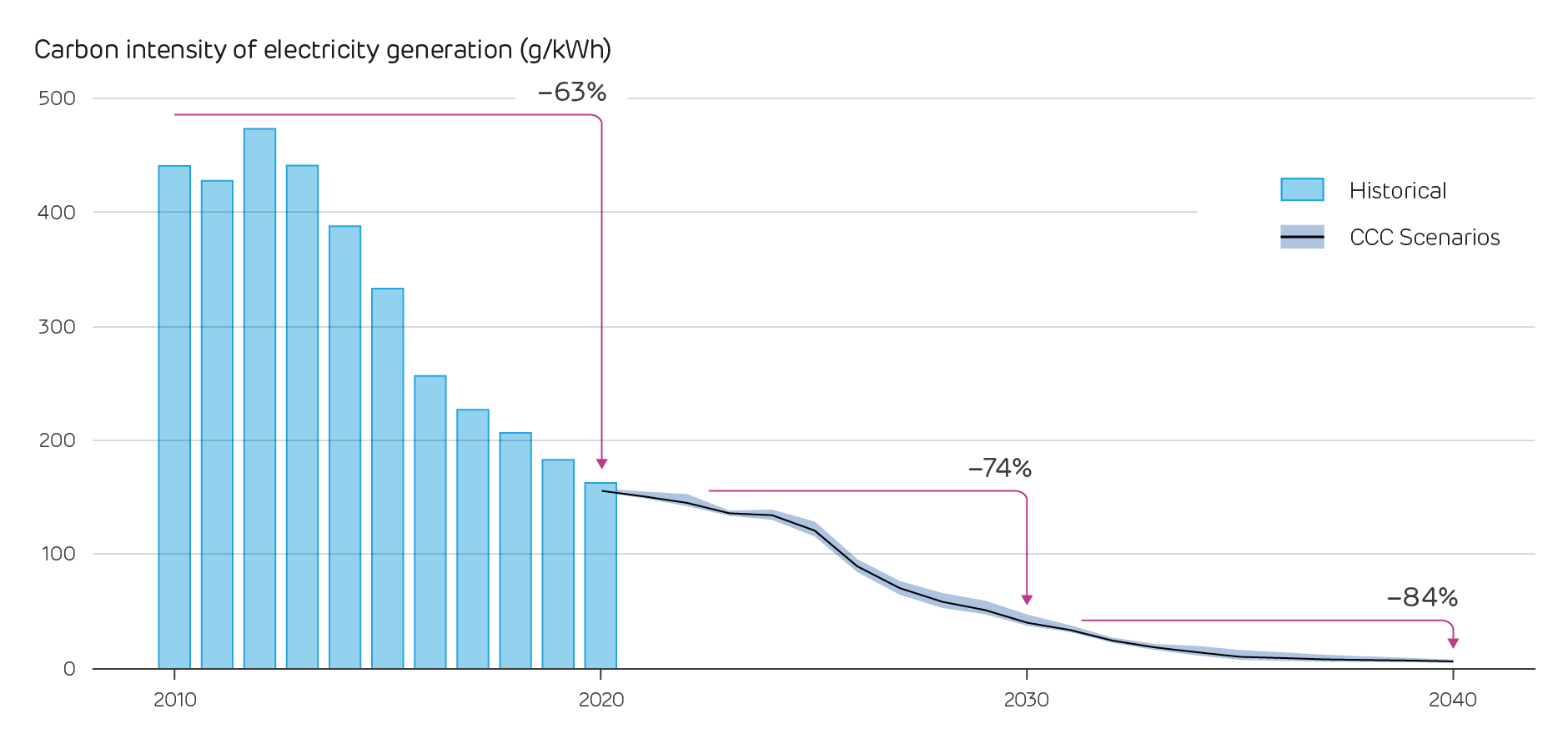
Last year, a report by Vivid Economics found that deploying cutting edge green technologies like BECCS and hydrogen could create and support around 200,000 jobs across the UK to support a post-covid, green economic recovery.
Will Gardiner, Drax Group CEO, said:
“Drax is Europe’s largest decarbonisation project having transformed Britain’s biggest power station to use sustainable biomass instead of coal, creating the country’s largest single-site renewable electricity generator whilst supporting thousands of jobs.
“Biomass is unique amongst renewable technologies due to its versatility, from being used in power generation to hydrogen production – and even new forms of plastics. Add to this its ability to deliver negative emissions with BECCS – biomass is one of our most valuable tools for reaching net zero emissions – a technology Drax is ready to invest in.”
ENDS
Media contacts:
Aidan Kerr
Drax Group Media Manager
E: aidan.kerr@drax.com
T: 07849090368
Ali Lewis
Drax Group Head of Media & PR
E: ali.lewis@drax.com
T: 07712670888
Editor’s Notes
- Renewable power supplied 41.6% of Britain’s electricity in 2020 compared to 39.6% by fossil fuels – the first-time renewable sources generated more power than fossil fuels over a whole year.
- Biomass, wind and solar all generated record amounts of power over the course of the year.
- Power from Britain’s few remain coal units supplied just 1.6% of the country’s electricity, down from 2.1% in 2019
- The CCC forecast that the share of electricity generated from wind and solar in Britain must reach 50% by 2025 and climb to 69% by 2030.
- Electric Insights data is for Great Britain, whereas CCC data also includes Northern Ireland and therefore covers the whole of the UK.
About Electric Insights
- Electric Insights is commissioned by Drax and delivered by a team of independent academics from Imperial College London, facilitated by the college’s consultancy company – Imperial Consultants. The quarterly report analyses raw data made publicly available by National Grid and Elexon, which run the electricity and balancing market respectively, and Sheffield Solar.
- Electric Insights Quarterly focuses on supply and demand, prices, emissions, the performance of the various generation technologies and the network that connects them.
- The quarterly reports from the last four years can be access at the new reports.electricinsights.co.uk website alongside the interactive electricinsights.co.uk which provides data from 2009 until the present.
- You can embed Electric Insight’s live dashboard on your website or blog to keep track of what’s happening in the power grid through a new widget.
About Drax
Drax Group’s purpose is to enable a zero carbon, lower cost energy future and in 2019 announced a world-leading ambition to be carbon negative by 2030, using Bioenergy with Carbon Capture and Storage (BECCS) technology.
Its 2,900 employees operate across three principal areas of activity – electricity generation, electricity sales to business customers and compressed wood pellet production.
Power generation:
Drax owns and operates a portfolio of renewable electricity generation assets in England and Scotland. The assets include the UK’s largest power station, based at Selby, North Yorkshire, which supplies five percent of the country’s electricity needs.
Having converted two thirds of Drax Power Station to use sustainable biomass instead of coal it has become the UK’s biggest renewable power generator and the largest decarbonisation project in Europe. It is also where Drax is piloting the groundbreaking negative emissions technology BECCS within its CCUS (Carbon Capture Utilisation and Storage) Incubation Area.
Its pumped storage, hydro and energy from waste assets in Scotland include Cruachan Power Station – a flexible pumped storage facility within the hollowed-out mountain Ben Cruachan.
Customers:
Through its two B2B energy supply brands, Haven Power and Opus Energy, Drax supplies energy to 250,000 businesses across Britain.
Pellet production:
Drax owns and operates three pellet mills in the US South which manufacture compressed wood pellets (biomass) produced from sustainably managed working forests. These pellet mills supply around 20% of the biomass used by Drax Power Station in North Yorkshire to generate flexible, renewable power for the UK’s homes and businesses.
For more information visit www.drax.com











